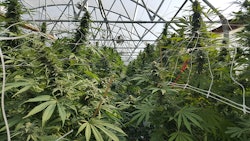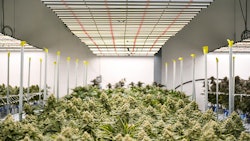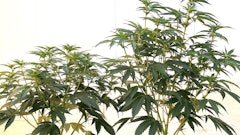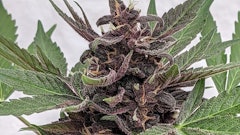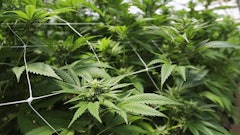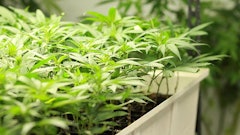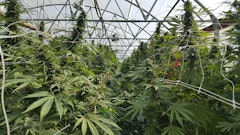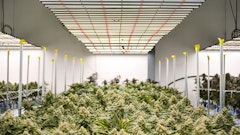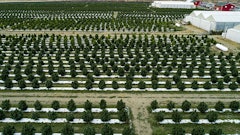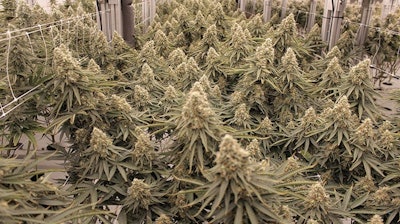
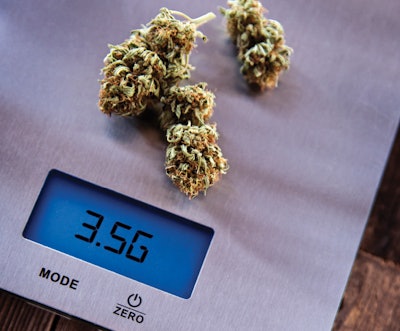
In commercial cannabis cultivation, investors and professional operators alike have many questions, regardless if they are entering the industry or just want to see how their operation compares to others. One of the more significant questions that is always brought up is yield. How do you compare to your peers? It can be hard to know with so many different ways to measure this one metric, and not all measurements are created equal.
Production Per Light
Let’s first talk about a few of the most common methods for measuring yield, starting with the most common legacy measurement of yield per light. This metric has been around since illicit market growers grew in basements, and it is still mentioned today—though less and less as the industry has matured and migrated toward more defined metrics.
This measurement tells us the yield under a single light. An older benchmark that I still hear about often is yielding at least 2 lbs. per light. The output and footprint (more on this later) aren’t defined in this measurement, and as such, you are not able to accurately say if that is a good production figure.
Let’s look at several scenarios. Grower A has a single 2,000W light comprised of two 1,000W bulbs and grows approximately 2 lbs. under that light per cycle. Grower B uses a single 1,000W fixture and grows the same amount per cycle as Grower A. At face value Grower A and Grower B appear to have the same yield; but once you explore past that basic figure you clearly see Grower B’s production is more efficient, and Grower B is more attractive from both an investment and operational standpoint.
If Grower A is using a 2,000W-fixture to grow over a 25-square-foot area and Grower B is growing over a 16-square-foot area and getting the same yield, you can now tell that Grower A is approximately 50-percent less efficient.
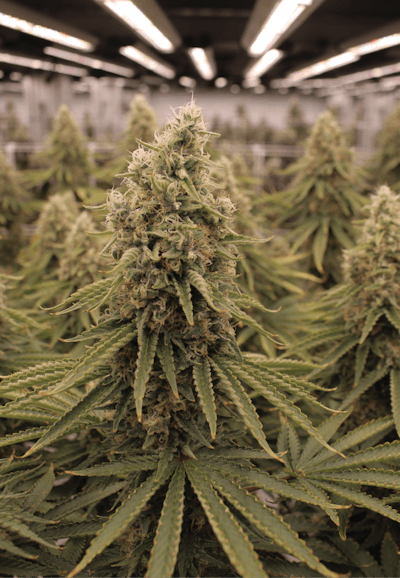
Grams Per Square Foot
Currently the most common metric reporting seems to be grams per square foot (g/sq. ft.). This measurement is a step up from the yield per light, but it also comes with its own set of drawbacks. This measurement is taken using the following equation.
(total yield in grams) / (total cultivation footprint) = (grams per square foot)
So, if you are growing using a 1,600 sq. ft. canopy and you yield a total of 90,600 grams, your equation would look like this:
90,600/1,600 = 56.625 grams per sq. ft.
With this type of reporting metric, we can more easily compare yields at different facilities based on productivity. For example, if Grower A reports a yield of 56.625 g/sq. ft. on her last harvest, and Grower B reports 60 g/sq. ft. (based on a total yield of 96,000 g), we can clearly see that Grower B is more productive with the cultivation space that he has.
But for this measurement to mean anything we need to standardize the reported metrics that go into this figure:
Square Footage of Cultivation: This figure should be calculated using only the canopy of the cultivation area. Canopy is defined as the area in which plants are present. If you have a 2,000-square-foot cultivation room that houses 48 4-foot by 8-foot tables, you would report your canopy space as 1,536 sq. ft. (48 tables x 32 sq. ft. of table space).
Product Weight: Product weight should be reported as dry and destemmed. The flower should be untrimmed, so that you account for the full weight of usable flower product; but if you can only weigh post-trim, then simply add in the weight of the collected trim. Reporting only dry weights is important as the product should be in a state in which it would qualify for sale as a final product according to your local laws and regulations. And of course, the product should be completely destemmed as the stems are not a flower product. (Keep in mind these calculations are intended to figure out total usable flower product and may not be the same if you extract the entire plant as some cultivators do.)
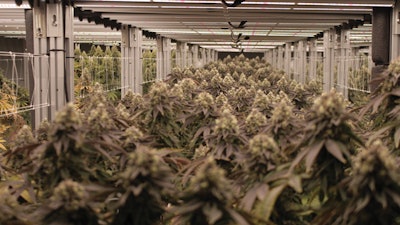
Grams Per Watt
As you can see with the previous example, as long as the reporting requirements are the same, it is quite easy to see which grower is more productive; but what it doesn’t show you is the potential for profitability. Measuring grams per watt (g/W), however, is the most accurate way to truly look at both production quantity as well as potential profitability. This metric takes into account the amount of energy (watts) used to produce one gram of product. The higher the production output per watt, the more efficiently the grower is producing. To calculate this figure, use the following equation.
Step 1. First calculate your total light output in watts:
(number of lights) x (draw per light in watts) = (total draw in watts)
Step 2. Then, once we have our total draw in watts, we use the following equation to get our grams per watt figure:
(total yield in grams)/(total draw in watts) = (grams per watt)
To illustrate this, let’s apply the formulas from each step above. Let’s say Grower A produced 90,600 grams using 100, 660W LED lights, where Grower B produced 96,000 grams using 100, 1,000W HPS lights. Both growers utilized a 16-square-foot footprint per fixture, and for ease of comparison, each grower had 100 lights for a total coverage of 1,600 sq. ft.
Grower A
Step 1: 100 x 660 = 66,000 total watts
Step 2: 90,600 grams/66,000 watts = 1.37 grams/watt
Grower B
Step 1: 100 x 1,000 = 100,000 total watts
Step 2: 96,000 grams/100,000 watts=0.96 grams/watt
With this information we can tell that even though Grower B has produced more per square foot, Grower A is 43-percent more efficient than Grower B.
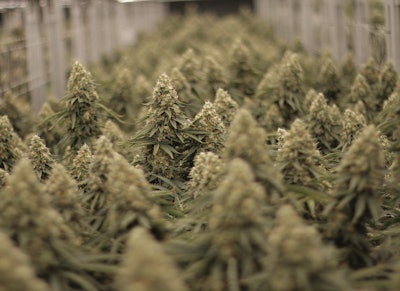
Why Efficiency Is More Important Than Raw Yield
With all the talk around yield, why is efficiency more important? As commercial operators, it’s important for us to maximize productivity per square foot the same way any other manufacturer does in other industries, but we must do so without sacrificing efficiency.
Cannabis cultivation licenses are usually accompanied by strict zoning laws, limiting potential sites to a mere fraction of available land. This, along with the increased cost and operational risk of building ever-larger facilities, shows the importance of focusing on efficiency over raw yield.
Efficiency not only helps reveal how profitable a company could potentially be, but it also shows how environmentally friendly a company is. The indoor cannabis industry alone uses 1 percent of the nation’s power (according to the 2012 report “The Carbon Footprint of Indoor Cannabis Production,” by Dr. Evan Mills); that may not sound like much, but that is the equivalent of power used by 1.7 million American households. Greenhouse gas emissions are estimated at the equivalent of 3 million cars each year. As cannabis production expands across the U.S., those figures will only increase unless we start focusing on efficiency while designing and building new facilities.
Production efficiency also gives us a measurement tool of a company’s potential profitability. In other words, if you are spending more to create the same amount, you will be less profitable. As you can see from the previous examples, overall production doesn’t tell the complete story on how a given company is set up to perform financially. By taking into account even simple metrics such as the power used to produce the reported yield, we get an idea of that company’s potential for profitability, and when companies are evaluating a potential investment opportunity, that is much more important to know than the raw yield figures that are often presented.







